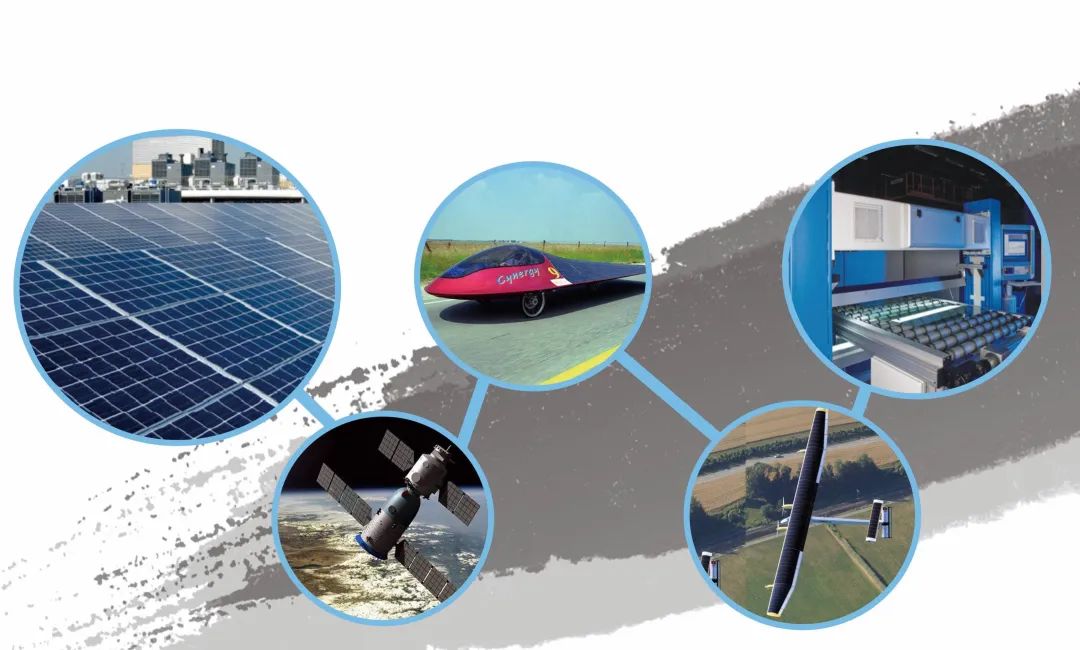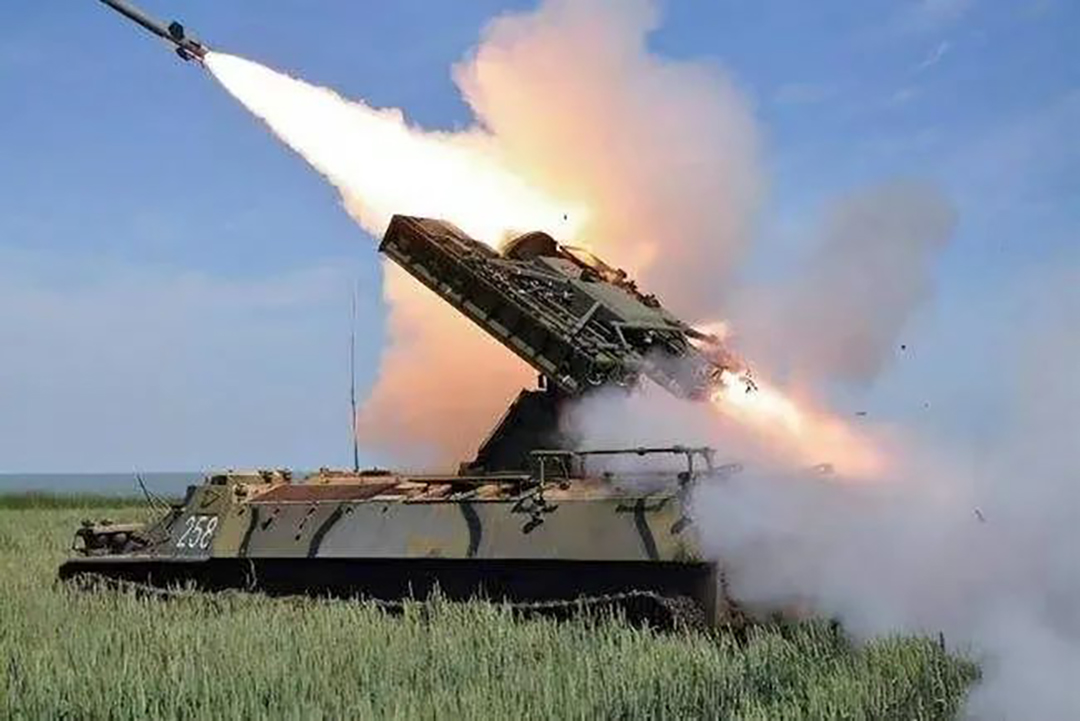
In the history of modern science and technology, every major technological breakthrough depends to a large extent on the development of corresponding new materials. Therefore, new materials are the foundation of the development of modern science and technology, and the United States even calls new materials "the flesh and blood of technological development".

The main body of innovation in the new material industry is developed countries and regions such as the United States, Japan and Europe, which own most of the large multinational companies and have absolute advantages in economic strength, core technology, research and development capabilities, and market share.
Among them, the United States is a leading country, Japan has advantages in nanomaterials, electronic information materials and other fields, and Europe has obvious advantages in structural materials, optical and optoelectronic materials. China, South Korea, and Russia followed closely and currently belong to the second echelon in the world.

From the perspective of the new material market, North America and Europe have the world's largest new material market, and the market is relatively mature, while in the Asia-Pacific region, the new material market is in a stage of rapid development. From a macro perspective, the focus of the global new material market is gradually shifting to Asia.
The following is an overview of the world's seven top new materials powerhouses:
01U.S
The United States is an important global leader in the field of new materials. The vice president of Peking University's Digital China Research Institute once believed that the technical level of the United States in new energy, new materials and life engineering is far ahead of other countries in the world.
It is worth mentioning that the United States once listed new materials as the first of six categories of key technologies that affect economic prosperity and national security.

Of the 22 key technologies identified, materials accounted for 5 (ie, synthesis and processing of materials, electronic and optoelectronic materials, ceramics, composites, high-performance metals and alloys).
The United States focuses on biological materials, information materials, nanomaterials, extreme environmental materials and materials computing science as the main frontier research areas, supporting the development of life sciences, information technology, environmental science and nanotechnology, especially for national defense, energy, electronic information, etc. The needs of important sectors and areas.

The United States has formulated a series of strategic plans related to new materials, mainly including: "National Nanotechnology Plan" "Future Industrial Materials Plan" "Optoelectronics Plan" "Photovoltaic Plan" "Next Generation Lighting Source Plan" "Advanced Automotive Materials Plan" "Fossil Energy Materials Project", "Building Materials Project", "Material Genome Project", etc.
The United States has many of the world's top new material giants:
Such as Exxon Mobil, Dow Chemical, DuPont, 3M, Eastman Chemical, etc.
The United States also has the world's top new materials institutions of higher learning:
For example, the famous Massachusetts Institute of Technology (the school of materials science and engineering ranks first), the University of Illinois at Urbana-Champaign (the top three in the United States for materials majors), Stanford University (one of the most outstanding universities in the world) , University of California, Santa Barbara (the top research-based public university in the United States that focuses on research and has a very high academic reputation), etc.
The United States has a large number of the world's top research institutes and leading laboratories
For example, Oak Ridge National Laboratory, Argonne National Laboratory, Ames Laboratory and other 17 national laboratories with the best scientific research strength in the world; 13 top scientific research and development company laboratories such as DuPont, Boeing, IBM; and Massachusetts Institute of Technology , Harvard University and other 180 university laboratories.
02Japan
Japan is the country with the most advanced production technology of new materials. The Japanese government attaches great importance to the development of new material technology, and regards the development of new materials as the second major goal of national high-tech. Therefore, Japanese material companies have formed a “unique” in the global new material industry. "The lead.
In the field of new materials, Japan is far ahead of other countries.
For example, high-strength carbon fiber materials used in the manufacture of nozzles and casings of intercontinental ballistic missiles and aircraft skeletons, wide-bandgap semiconductor transceiver components used in the world's highest-performance active phased array military radar, and high-performance monolithic materials used in the manufacture of new turbine engine turbine blades. In the field of crystal blades, Japan is far ahead in the field of these three kinds of high-precision materials, and other countries can only follow.

In addition, Japan's carbon fiber materials are also in a leading position in the world. Among the global carbon fiber manufacturers, Japan has three top companies: Toray, Toho and Mitsubishi, all of which represent the world's top technology level.
Japan has the world's leading new materials giant
Such as the world-renowned Kyocera Co., Ltd.; Mitsui Chemicals Co., Ltd. and so on.
Japan also has world-renowned top universities
Such as the famous University of Tokyo. The University of Tokyo has trained 11 Nobel Prize winners. There is also Nagoya University in Japan, which is Japan's top and world-class well-known research-oriented national comprehensive university, which has trained 6 Nobel Prize winners.
03 Germany
Germany's new material industry has been recognized and praised all over the world.
In order to encourage various social forces to participate in the research and development of new materials, Germany has successively promulgated and implemented "Material Research MatFo" (1984-1993), "Material Technology MaTech" (as of 2003) and "Material Innovation WING for Industry and Society". (started in 2004) 3 plans. The "WING Plan" emphasizes the close attention to the manufacturability of materials, and is committed to coordinating high-level materials research among various departments.
It is worth mentioning that in April 2013, Germany issued the white paper "Recommendations for the Implementation of Industry 4.0 Strategy". Afterwards, Germany incorporated the "Industry 4.0" project into the 10 future projects of the "High-Tech Strategy 2020", to promote a new industrial revolution characterized by intelligent manufacturing, the Internet, new energy, new materials, and modern biology.

The German business community generally believes that securing and expanding its leading position in materials research and development is the key to its success in international competition.
In March 2016, Germany's "Digital Strategy 2025" (Digital Strategy 2025) determined the steps and specific implementation measures to achieve digital transformation, among which key pillar projects include industrial 3D printing.
04 U.K
The UK is one of the traditional new materials powerhouses in the world.

The Henry Royce Institute in the UK, comprising nine advanced materials research institutes and with the University of Cambridge's Institute of Physics and the Institute of Manufacturing, has identified five green technology 'roadmaps' describing how key materials areas can reduce greenhouse gases emission. Specifically include:
Materials for photovoltaic systems that will increase the amount of electricity produced by solar panels.
Materials for low-carbon methods of generating hydrogen and chemical feedstocks.
Thermoelectric energy conversion materials, mainly used in heating, refrigeration and air conditioning systems.
Heat conversion materials that eliminate the use of carbon in heating and cooling systems.
Materials for low-loss electronics that make electronics and computing more energy efficient.
The researchers also made a series of recommendations, including calls for increased investment in materials research and testing facilities, new laws to ensure the adoption of new green technologies, and sustainability at the heart of any new advanced materials.
05 China
China is the world's leading new material industry country, with an industry scale of about 2 trillion yuan.
China has a solid foundation in traditional fields such as metal materials, textile materials, and chemical materials. Its production capacity ranks among the top in the world for rare earth functional materials, advanced energy storage materials, photovoltaic materials, silicones, superhard materials, special stainless steel, glass fibers and their composite materials.
After decades of struggle, China's new material industry has grown from scratch and has continued to grow. It has made significant achievements in system construction, industrial scale, and technological progress. It is estimated that by 2025, China's new material output value is expected to exceed 10 trillion yuan.

In some advanced basic materials, key strategic materials, cutting-edge new materials and other fields, China has achieved "parallel run" or even "leadership" with the international advanced level.
For example, in terms of key strategic materials, SMIC has achieved domestic procurement of six types of materials among the top seven consumables; Nanshan Group's aluminum alloy thick plates have been certified by Boeing and signed a supply contract; CSIC megawatt-class rare earth permanent magnets Compared with traditional motors, the volume of the motor is reduced by 50% and the weight is reduced by 40%; the liquid metal has achieved preliminary applications in the fields of 3D printing, flexible intelligent machines, and vascular robots.


It is worth mentioning that China's three core technologies, such as material formulation, equipment manufacturing and molding process, all have independent intellectual property rights, and it is also the only country in the world that can announce its ability to form large bulk amorphous metals.
06 Russia
Russia is a traditional manufacturing powerhouse and has unique advantages in technological innovation in emerging industries such as new materials.
It is worth mentioning that Russia is a global leader in aerospace, energy materials, new chemical materials and other fields. There are as many as 700 kinds of compounds synthesized by the SHS method (Spontaneous Combustion Technology) in Russia, ranking among the top in the world.
The strategic objectives of Russia's research and development of new materials are:
On the one hand, strive to continue to maintain the leading position in the world in some material fields, such as aerospace, energy industry, chemical industry, metal materials, superconducting materials, polymeric materials, etc.;
On the other hand, vigorously develop fields that have an impact on promoting the development of the national economy and improving national defense strength, such as electronic information industry, communication facilities, computer industry, etc.

Russia has always regarded the technology industry related to new materials as the leading industry of national strategy and national economy.
For example, in the "Material and Technology Development Strategy before 2030" released by Russia in April 2012, 18 key material strategies were listed as development directions, including smart materials, intermetallic compounds, nanomaterials and coatings, single crystal resistant Thermal superalloys, niobium-containing composite materials, etc. At the same time, Russia has also formulated a development strategy for the main application areas of the new material industry.
In addition, the "Prediction of Science and Technology Development to 2030" issued by the Russian Academy of Sciences in 2015 listed new materials and nanotechnology as the priority development direction of science and technology.
07 South Korea
South Korea is one of the world-class powerhouses in new materials.
As early as 2001, South Korea became the fifth material exporter in the world, and launched the "Fast-Follower" strategy, hoping to rank among the top four.
Driven by the "Fast-Follower" strategy, Korean companies have gradually overtaken companies in developed countries in the raw material industry. South Korea became the 5th material exporter/region in the world in 2001. The material industry accounted for more than 45% of South Korea's total exports that year, and reached 68% in 2015.
South Korea has always been in the core camp of new material research and development.
In the "Third Science and Technology Basic Plan" issued by the Korean government in 2013, it proposed to promote the development of 120 national strategic technologies in 5 fields, 30 of which are key technologies, including advanced technical materials, knowledge and information security technology, Big data application technology, etc.
It is worth mentioning that in South Korea, graphene is widely used in different fields such as solar cells, semiconductors, transparent panels, and luminescent materials. Although graphene was first invented by foreign scientists, South Korea is one of the "earliest movers" in the research and development of graphene industry.

In 2016, South Korea has become the country with the most graphene patents: Samsung has 225 patents, LG has 180 patents, Sungkyunkwan University has 147 patents, Korea Institute of Science and Technology (KAIST) has 129 patents, Seoul National The University holds 78 patents.
